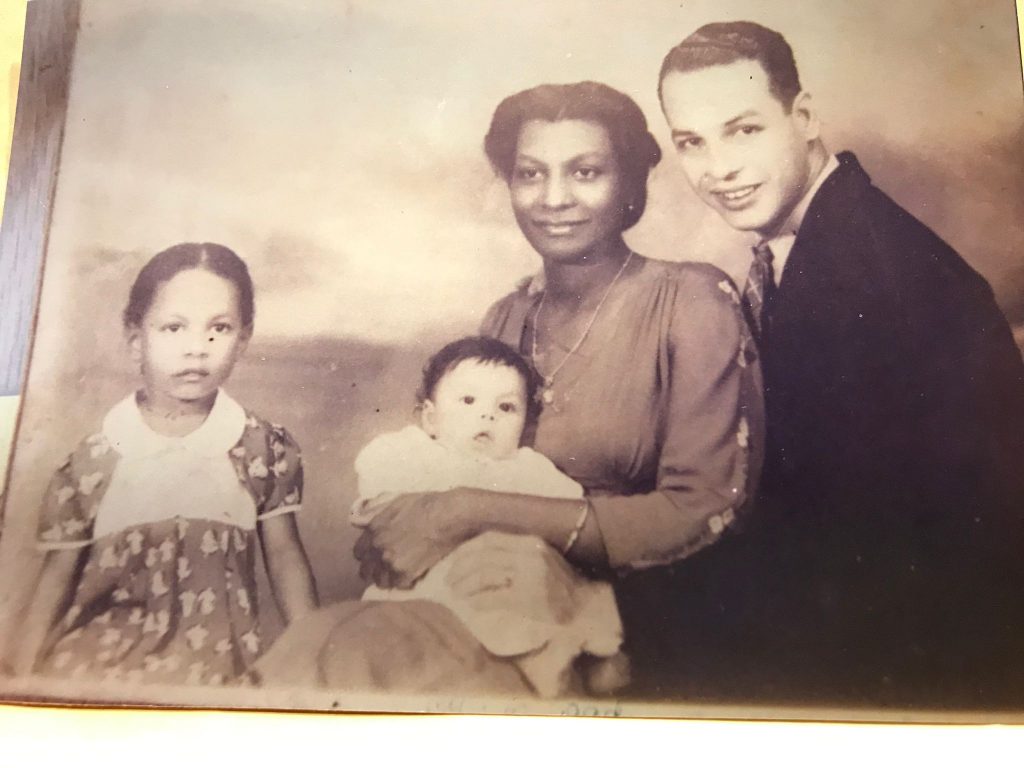Seeking equality
This month’s Bristol Wellbeing College blog comes from the wonderful Chrissy who writes about the lack of inclusivity and diversity in mental health services. As an organisation providing mental health services, we are acutely aware of the importance of equality, diversity and inclusion across all the work we do. We’re working hard to address these issues and welcome Chrissy’s timely blog during this Black History Month.
Hello and Happy Halloween from the Bristol Wellbeing College. This month I’d like to leave spookiness aside and talk about something serious!
The issue at hand is that about diversity in mental health services. As we close Black History Month in the UK, those working in and around mental health services continue to express concern that black and minority communities are woefully under-represented in our services.
While general attitudes to and understanding of mental health issues have drastically improved over the past decade, black people in Britain still face inequality with regards to their mental health. People from these communities are:
- Between six and 30 times more likely to be diagnosed with mental illness, but less likely to be referred for treatment
- 40% more likely to access treatment through a criminal justice route than through a GP, and
- 50% more likely to be detained under the Mental Health Act.
Bristol boasts a famously liberal and inclusive community, and was one of the most visible proponents of Black Lives Matter last year. Bristol University even released a statement in support of the movement. Nevertheless, black and mixed people are still widely not getting the mental health support they need in our community, and, if we want to claim true diversity, this has to change.
Barriers to entry
One of the first things to be aware of is that black communities face barriers to accessing mental health services that other communities do not. Some of those most commonly found in studies on the subject include:
- Not knowing what help is available or how to get it
- Not recognising that they have a mental illness, or not wanting to access support due to social stigma
- Distrust of medical professionals or formal mental health services
- Financial barriers, and
- Medical staff not listening or understanding due to unconscious bias.
How can we help our community to overcome these barriers?
Because I’m so relatable, I had the foresight to be born mixed, and this gives me some insight on the subject.
My great grandmother, Pearl, met my great grandfather, George, in the record store that he owned, and they fell in love and had babies in that way that people in the past did. Pearl’s family were from Guyana, George’s – white Portuguese. George was an Affonso, from a line of prominent abolitionists, and I’m told that Pearl was a raging feminist, which is probably why I’m so cool.
Anyway, all this meant that my grandmother, Marie, was born mixed. In 1942 of all times. Being mixed opens up a whole new mess of complications, as oftentimes neither the black or white community feels able to accept you completely.
There are a number of lessons my family has taught me, and one of the most important is to behave as though I am equal to all people, even when many won’t treat me that way. There are ways that society as a whole can make this easier.
Three tips for making our mental health services more welcoming
1. Speak to the ‘feeling’ not the person
When I was first referred to the Bristol Wellbeing College, I very much had an idea of the college being a place for white women to do yoga and drink green tea while talking about living in Clifton.
Now, listen, I do yoga and drink tea and live in Clifton. And still I thought this wasn’t for me because I’m a bit brown. This shows you how ingrained it is that ‘wellbeing’ is for white people.
On joining the college, I realised that the sessions are for education, discussion and general vibing with people that know where you’re coming from because they live there too. Except the ‘there’ in this instance is anxiety, stress, personality disorder or a lack of self-confidence rather than a specific postcode.
These feelings are universal, everyone feels them at some time or another, and there is no shame in having them. Every person in your life will welcome your openness to discuss their mental health and your own, even the people you may not expect to.
2. Use inclusive language
One of the things that people and organisations must do when approaching diversity is to use inclusive language that avoids ‘othering’ the communities that they are trying to reach.
BAME is a nice catch-all term, isn’t it?
Well no, not really – what it says is that these communities need to be categorised as something other than the norm (the norm being white).
Instead of saying BLACK, ASIAN AND OTHERS WELCOME, services, groups and organisations need to switch gears and show that everyone is welcome without making a big deal about it – and that means representation.
3. Don’t make it weird
I know what you’re thinking “so to be more diverse we already need to be quite diverse and to get that diversity we need to have diversity and..” and you must stop because you’ll get dizzy.
What it means is getting involved in black and mixed events, services and organisations, not just expecting black and mixed people to come and diversify yours.
It means being aware of your own unconscious biases in everything you do. Your black friend might want to come to yoga. Your white friend might want to learn the Candy dance. Even if not, it’s always nice to ask.
It means not looking at the only black person in the room when someone mentions Black Lives Matter. I’m not kidding.
Next time – we’ll be talking about stress and how not to be so stressed in honour of National Stress Awareness Day.
Until then, take care and enjoy your month. You look great by the way, new jacket?
Chrissy xx


